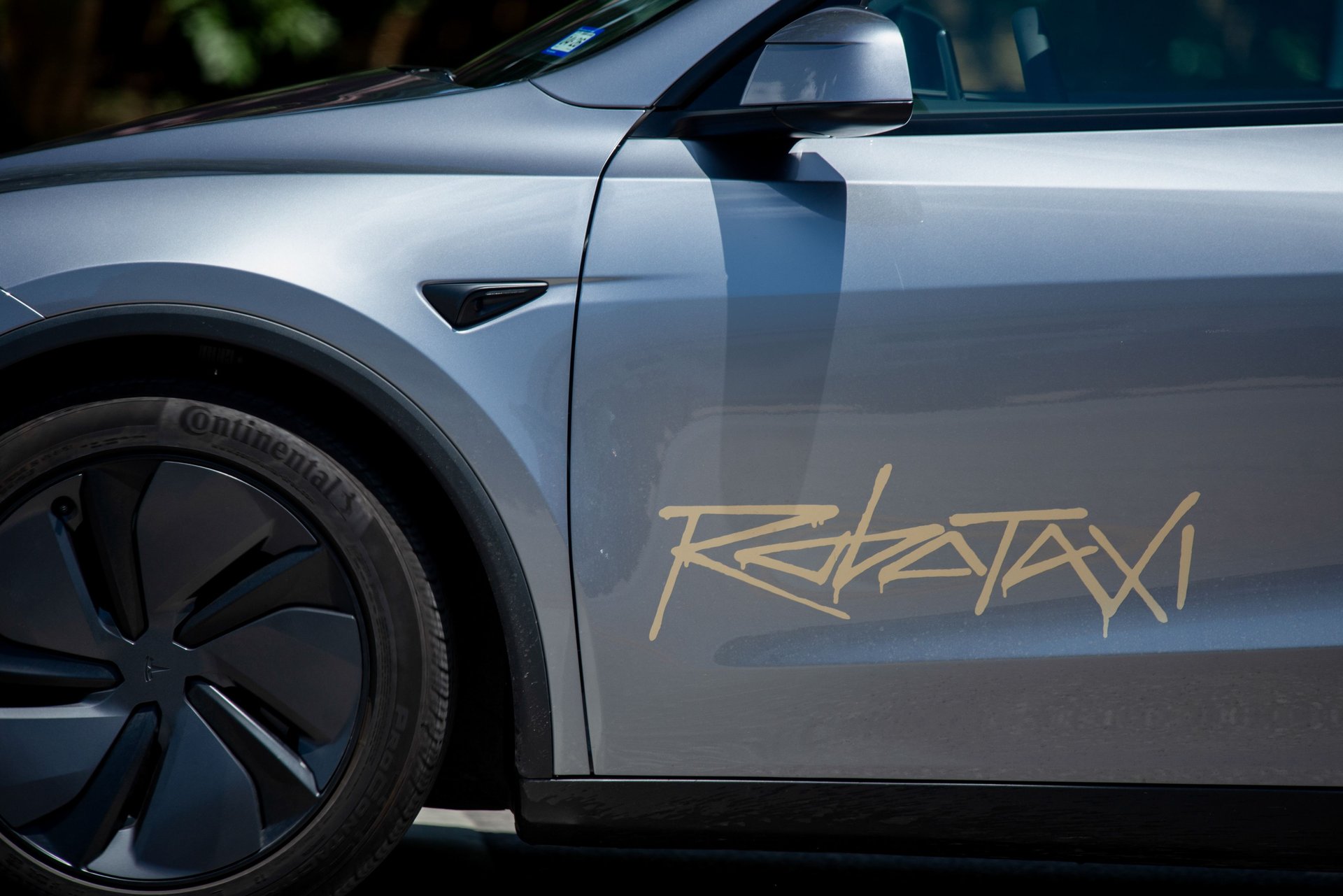Robotaxis to nowhere
Tesla's long-promised robotaxi is raising questions about how far behind it is compared to rivals like Google’s Waymo.

Tim Goessman/Bloomberg via Getty Images
It took Elon Musk 12 long years to deliver on his promise of a self-driving Tesla. Maybe he should have waited one more.
Suggested Reading
When Tesla’s long-promised robotaxi service finally hit the streets of Austin last weekend, it was meant to mark a turning point for the company and the future of autonomous transportation. Instead, it’s raising new questions — not just about Tesla’s technology, but about how far behind it is compared to rivals like Google’s Waymo.
Related Content
Within days of launch, Tesla’s Model Y robotaxis — operating in a geofenced zone in South Austin with safety monitors onboard — were already the subject of a running tally of mistakes. These early hiccups came with higher-than-usual visibility: Tesla invited a handpicked group of influencers and investors to test the service who shared both words of praise and concerning videos.
Wedbush analyst Dan Ives, a longtime Tesla bull, raved about his experience after taking two approximately 15-minute rides. “Going into it, we expected to be impressed but walking away from it, all there is to say is that this is the future,” he said in a note to clients.
Still, in one widely shared video, a vehicle started to make a left turn, hesitated, then continued on the wrong side of the street for a few seconds. In another, a rider requested a stop and the Tesla obliged — in the middle of a crosswalk, where it stayed blocking traffic.
Tesla’s $4.20-per-ride rollout (yes, really) is limited in scope: a handful of vehicles, only daytime service, no public access, and safety monitors riding shotgun. Even with those careful guardrails, federal regulators quickly took notice of some of the more alarming robotaxi videos. “NHTSA is aware of the referenced incidents and is in contact with the manufacturer,” the National Highway Traffic Safety Administration said in a statement. “Following an assessment… NHTSA will take any necessary actions to protect road safety.”
Tesla isn’t alone in chasing this future. OpenAI CEO Sam Altman recently claimed his company is developing techniques that could “just do self-driving for standard cars way better than any current approach,” hinting at early work involving its robotics team and Sora video model.
Meanwhile, Lyft is preparing to launch robotaxis in Atlanta this summer through a partnership with May Mobility, and has convened a forum of longtime drivers to help shape its rollout strategy — a bid to balance innovation with the concerns of its human workforce.
Musk has been promising a fleet of autonomous Teslas since at least 2013. In 2019, he said there would be “a million robotaxis on the road” by 2020. Five years later, there are perhaps a dozen roaming Austin. And while the launch sent Tesla stock up 8% on optimism, the reality on the ground isn’t quite so smooth, according to experts.
“This is awfully early to have a bunch of videos of erratic and poor driving,” Philip Koopman, an autonomous tech expert and professor at Carnegie Mellon, told Reuters. “I was not expecting as many problematic videos on the very first day.”
Compare that with Waymo, Google parent Alphabet’s self-driving unit, which has been operating commercial, driverless rides in cities including Phoenix and San Francisco since 2023 — and in Austin since March. Just this week, Waymo expanded to Atlanta via Uber, bringing autonomous rides to a 65-square-mile stretch of the city. Waymo’s cars require no human monitors and have logged 71 million miles while lowering traffic accidents compared to human drivers, according to the company.
The Autopilot and Full Self-Driving systems used in consumer Teslas are technically distinct from the Robotaxi software now operating in Austin. But the public database of Autopilot-linked crashes — including at least 40 fatal incidents — suggests persistent challenges with Tesla’s approach to autonomous driving, particularly its reliance on vision-only systems.
Unlike Waymo, which uses a fusion of LiDAR, radar, and vision systems, Tesla insists on a vision-only approach — one that critics argue struggles in edge cases like glare, irregular signage, or unpredictable human behavior. That tradeoff could help Tesla scale faster and cheaper. But it also means the cars have fewer data sources to interpret the world around them.
Musk, characteristically undeterred by videos or the NHTSA, has promised the service will expand to more U.S. cities this year and reach “millions” of fully autonomous Teslas by late 2026. Waymo, meanwhile, is methodically planting flags in city after city — with quieter fanfare and a steadier hand, even as its own success brings new challenges, especially addressing local backlash over robotaxis crowding streets.
The robotaxi future may still arrive. But in June 2025, it’s Waymo that's driving toward it with the wheel steady. Tesla, as ever, is flooring the accelerator — potholes and all.
—Jackie Snow, Contributing Editor
